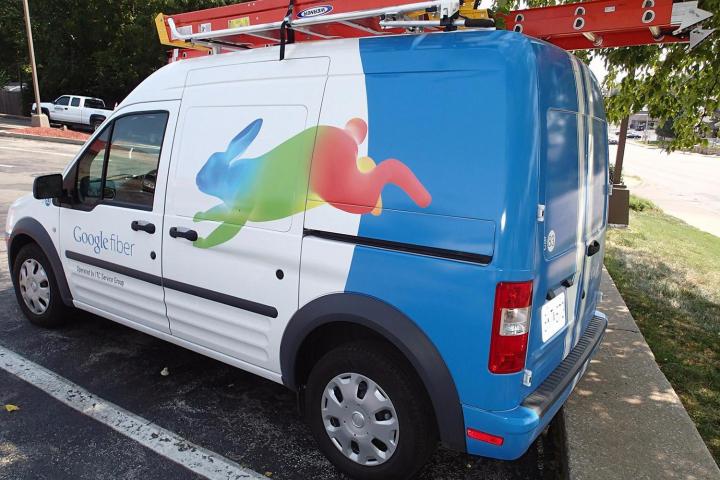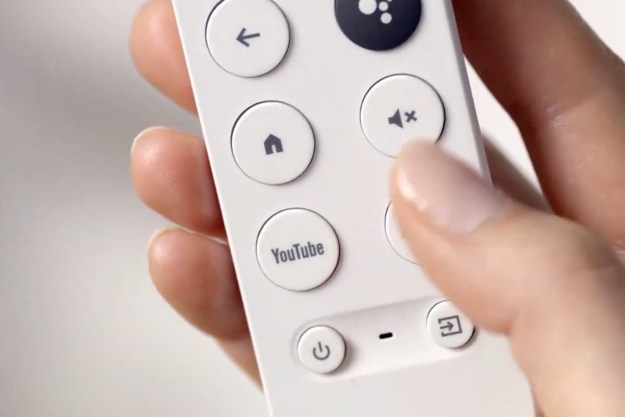
So what does that mean for viewers? Adverts that appear during the ‘local advertiser’ part of commercial breaks, specifically targeted to you and your watching history — in a way, similar to the recommended videos you see on YouTube, but for ads. Like Google’s online ads, companies will only have to pay for advertisements that are actually watched.
A tightly targeted, efficient advertising system brings benefits for Google, the advertisers, and (in theory) the viewers — you might actually see something you’re interested in picking up. As Amazon and virtually every other online retailer has proved though, targeted advertising isn’t always as accurate as it could be, and Google Fiber customers are unlikely to be happy about having more of their lives tracked by the tech firm.
What’s more, Google will have the power to insert ads into programs you’ve already recorded, so if an episode of Game Of Thrones sits on your DVR for six months then you’ll still get up-to-date adverts between the action. The smart boxes now in use in our homes can feed back much more information about viewing habits and preferences, though it seems you can disable the viewing history tracking if you don’t like it (trading some of your privacy for more generic commercials).
Google hasn’t yet officially announced how this is all going to work — the news comes courtesy of a report by Adweek and a brief forum post — so it could change between the testing phase and the full roll-out. As for Google Fiber, it continues to slowly expand to more areas of the U.S., offering customers ultra-fast 1Gbps connections in their homes.
Editors' Recommendations
- Malware is spreading through Google Bard ads — here’s how to avoid them
- Google Fiber is bringing high-speed internet to five new states
- Google has a new plan to replace cookies. Will it work?
- Cheaper, faster internet for apartments could be coming soon
- Google Assistant and YouTube Music coming to Galaxy Watch 4

